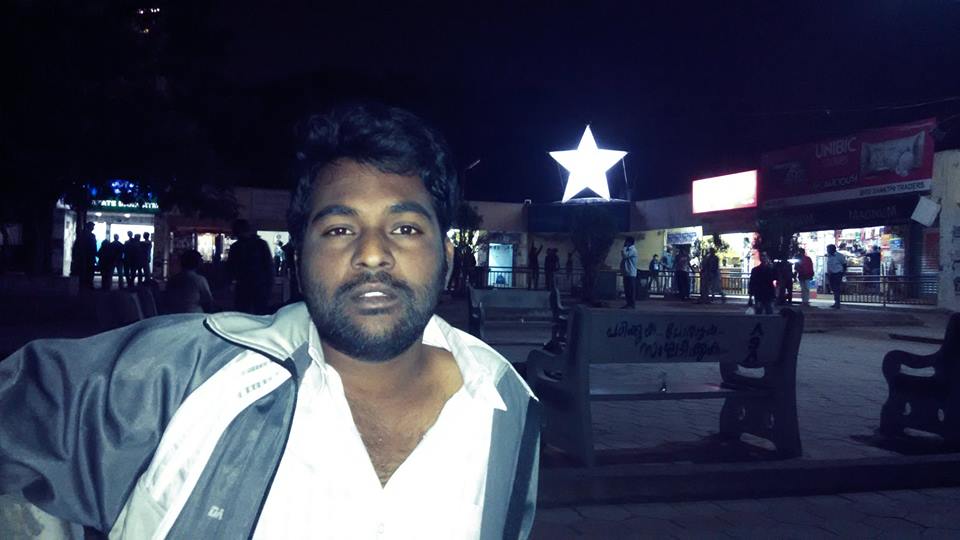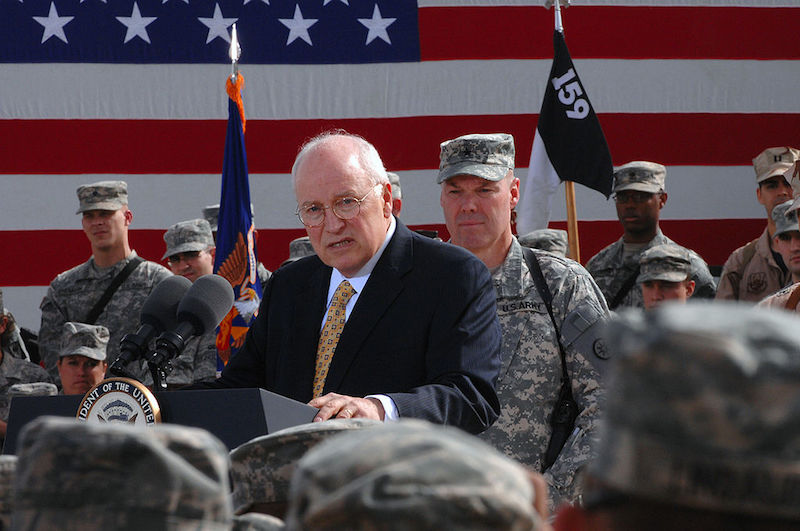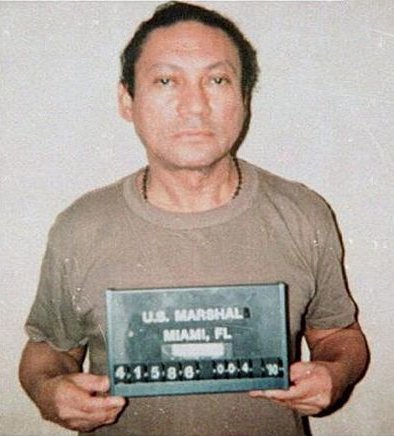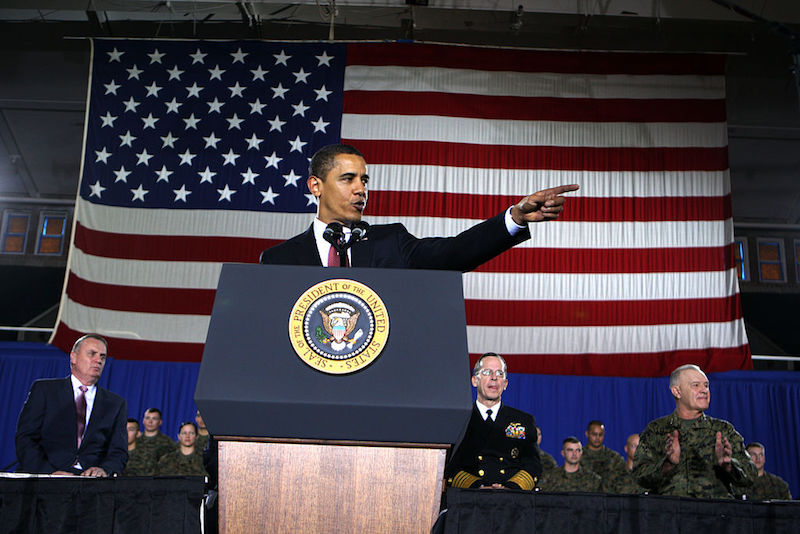Nick Beams
The continuing sell-off on global markets, which has sent stocks down by as much as 20 percent from their highs in 2015, is not simply an expression of mounting economic contradictions, significant as they are. It points to the emergence of a profound crisis in the very framework of capitalist rule over the past quarter-century.
Yesterday saw the Dow fall by as much as 566 points at one point, finishing up 246 down for the day, following a slide in markets from East Asia to Europe, with the British stock market plunging to the levels of 2003.
The fall on Wall Street continued the trend in which American markets have experienced their worst opening for any year in history. It was fuelled by the continuing fall in oil prices, which dipped below $27, having fallen 30 percent over the past year and 75 percent from the level of more than $100 per barrel in 2014. The oil price slide signifies that the so-called super cycle in commodity prices, which began in 2003 with the rapid industrialisation of China, has come crashing down in a concentrated expression of the recessionary forces now ripping through the global economy.
Yesterday was dubbed “Black Wednesday” for so-called emerging market economies, which provided a significant boost for the world economy after the 2008 financial crisis, as currencies fell sharply and concerns mounted over their financial stability in the face of growing problems in repaying their dollar-denominated debts.
The quantitative easing policies pursued by the Fed and other major central banks, which pumped trillions of dollars into the global financial system, led to an explosion of borrowing by corporations in emerging markets, which more than quadrupled their debt from $4 trillion in 2004 to over $18 trillion by 2014. Now this money is heading for the exits.
According to the Institute for International Finance, emerging markets saw a $735 billion capital outflow last year, most of it coming from China, a shift characterised by the organisation’s chief economist as an “unprecedented event.” Other estimates put the outflow even higher, with one economist telling the World Economic Forum being held in Davos, Switzerland that the capital flight from China had reached $1 trillion since mid-2015.
But the emerging market tailspin is only one of the most prominent symptoms of the deepening crisis of the global financial system. On the eve of the Davos meeting, William White, former chief economist of the Bank for International Settlements and now chairman of the Organisation for Economic Cooperation and Development’s review committee, warned that the global financial system was unstable and faced an avalanche of bankruptcies.
“The situation is worse than it was in 2007,” he said. “Our macroeconomic ammunition to fight downturns is essentially all used up.” Debts had continued to build up over the past eight years and it would become obvious in the next recession that many of them would never be repaid.
European banks already had $1 trillion of non-performing loans and were heavily exposed to emerging markets. “Emerging markets were part of the solution after the Lehman crisis. Now they are part of the problem too,” he said.
These views were reflected in comments by Zhu Min, the deputy director of the International Monetary Fund, to a panel at the Davos meeting. He warned that investors and wealth funds had been clustered together and asset markets had been dangerously correlated, meaning that any problems in one area would rapidly spread to the financial system as a whole.
“The key issue is that liquidity could drop dramatically… If everybody is moving together, we don’t have any liquidity at all,” he said, pointing to a situation where investors all try to sell at the same time and there are no buyers, leading to a market collapse.
Former IMF Chief Economist and now Harvard Professor Kenneth Rogoff told a television panel discussion at Davos that fear in the markets was being driven by the realisation that Chinese authorities were not “magicians,” and with interest rates close to zero or below in Europe and Japan, quantitative easing was now largely exhausted. “What’s driving this is that the central banks are not coming to the rescue,” he said. Companies were holding back investment because of deep anxieties and the events of the past year had dispelled the myth that China was a “perpetual growth machine.”
Underlying the growing financial crisis is not merely the fall in oil and commodity prices and slowing global growth, but something even more profound--the disintegration of the economic and political structures through which global capitalism has developed over the past quarter-century, since the dissolution of the Soviet Union in 1991.
Wrongly identifying the Soviet Union and the Stalinist bureaucracy that ruled it with socialism, bourgeois governments, political pundits, journalists and academics proclaimed this event as the final and irrevocable triumph of capitalism and the “free market,” and the birth of a “new world order.”
Now there is a growing sense that it has proven to be very short-lived. This mood was reflected in an article published Wednesday by one of the chief boosters of the “new world order” myth, New York Times columnist Thomas Friedman, under the title “What If?”
Pointing to growing economic and political turbulence, he wrote that it was “hard not to look around and wonder whether the recent turmoil in international markets isn’t just the product of tremors, but rather of seismic shifts in the foundational pillars of the global system, with highly unpredictable consequences. What if a bunch of eras are ending all at once?”
The causes of this disquiet are becoming ever more apparent. On the economic front, the boost to global profits by the transformation of China into the cheap-labour platform of world capitalism, and the opening up of new areas of the world to capitalist plunder made possible by the liquidation of the Soviet Union, has come to an end.
The European Union, which expanded after 1991, is in an advanced state of disintegration, with the emergence of deepening conflicts between its members. While these differences have been sparked by the refugee crisis, the imposition of austerity by Germany and the deepening contradictions of the single currency, they reflect, at bottom, the impossibility of harmoniously unifying the countries of Europe on a capitalist basis.
The end of the USSR was hailed as the onset of a “unipolar moment” in which the US could finally realise the ambitions of its ruling class for total world domination. The past quarter-century, beginning with the first Gulf war 25 years ago this month, has seen one war after another, with the ever clearer danger of a Third World War. The mad delusions of the American ruling elites that a single nation, even one as powerful as the US, could rule the world have turned into a global nightmare, with US imperialism confronting opponents on every front.
These and other processes have led to an acute crisis of confidence that is now feeding back into and interacting with the worsening situation in the financial markets and the world economy more broadly.
But the most significant factor in the new geo-economic and political environment is the mounting wave of social opposition, deeply rooted in the consciousness of billions of people, to the present order.
Over the past quarter-century, the essential relations of capitalism as a system of war, social inequality and repression in which governments function, as Marx explained, as nothing other than the executive committee of the capitalist ruling classes, have come ever more clearly into view.
There is not a single capitalist government around the world that is regarded as having any genuine political legitimacy. And nowhere is this crisis of bourgeois rule more concentrated than in the centre of world capitalism, the United States.
As Friedman pondered, “what if” the 2016 US presidential election “ends up being between a socialist (Democrat Bernie Sanders) and a borderline fascist (Republican Donald Trump),” under conditions where the government has no answers to the economic and social crisis?
As the World Socialist Web Site has explained, Sanders is in no way a socialist, but rather a thoroughly bourgeois politician who stands four-square in support of American imperialism. But the fact that he is regarded as a socialist opponent of Wall Street by millions of people and receives support on that basis is of crucial importance, reflecting deep-going changes in social and political consciousness. Those shifts are already finding expression not only in the United States, but globally. They will accelerate in the coming period as the breakdown of the world capitalist economy and the political structures within which it has operated continues to intensify.
At present, political consciousness takes the form of ever-deepening discontent and the feeling that the present order is intolerable. The crucial task is the transformation of this mass discontent into a conscious political struggle for the program of international socialism.



